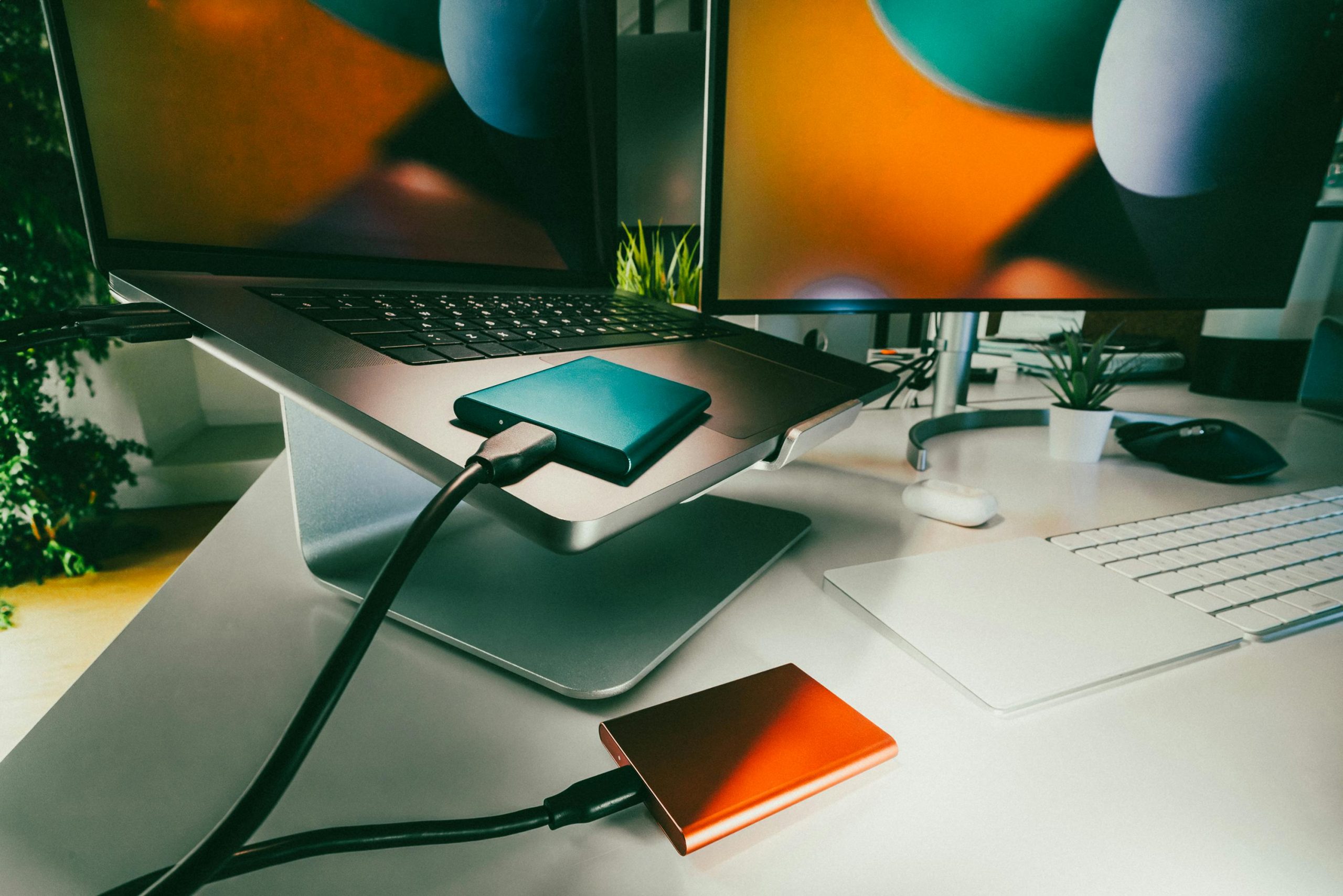Troubleshooting External Monitor Issues on Your Alienware Laptop
When dealing with a heavily damaged laptop, it can be frustrating to encounter issues when trying to revive it. For example, if you find yourself in a situation where your Alienware m17 R4, with a missing screen, operates perfectly on an external monitor until you install the NVIDIA GeForce 3070 driver, you are not alone in your struggle.
The Problem
After disassembling your laptop and completely removing the damaged upper half that included the screen, you might think everything would run smoothly. Indeed, you have successfully installed a fresh version of Windows, and the external monitor is functioning during BIOS and Windows Repair. However, the moment you install the NVIDIA graphics driver, the external display goes black. This begs an important question: Does the absence of the built-in laptop screen interfere with the external monitor’s functionality?
Possible Causes
There are a couple of theories worth considering:
-
Potential GPU Damage: It’s possible that your GPU has been affected by the laptop’s significant physical damage. While it might run on generic Intel drivers, it could struggle when required to operate as a dedicated NVIDIA GPU. This could cause the external monitor to go black upon driver installation.
-
Driver/Connection Issues: NVIDIA drivers often perform checks for connected displays during initialization. If the software cannot detect the primary laptop screen, it may default to a state that disables the external monitor. This behavior could explain why the external display appears to work fine prior to driver installation but fails during normal booting.
Troubleshooting Steps
If you find yourself facing a black screen after installing the NVIDIA driver, consider these steps to diagnose and potentially resolve the issue:
-
Boot into Safe Mode: Start your laptop in Safe Mode to uninstall the NVIDIA drivers. This will help you determine if the issue is indeed driver-related.
-
Reinstall Drivers: After removing the NVIDIA driver, try reinstalling it with the latest version available via the NVIDIA website. Ensure you select a clean installation option.
-
Check Display Settings: Once the drivers are reinstalled, check your display settings in Windows to confirm that the external monitor is set as the primary display.
-
Test with a Different Monitor or Cable: If possible, use another external monitor or HDMI cable to rule out any hardware faults.
-
BIOS Update: Occasionally, updating the BIOS can resolve compatibility issues related to graphics drivers.
Final Thoughts
While troubleshooting this sort of issue
Share this content:




Hi there,
Based on your description, it appears that the absence of a built-in display doesn’t directly prevent an external monitor from functioning.However, issues often arise because the system’s display detection and driver initialization can be affected by the missing internal screen, especially during driver installation or updates.
Here are some additional tips that might help:
Remember, hardware damage or incomplete disconnection during disassembly can sometimes cause unexpected behavior. If issues persist, testing